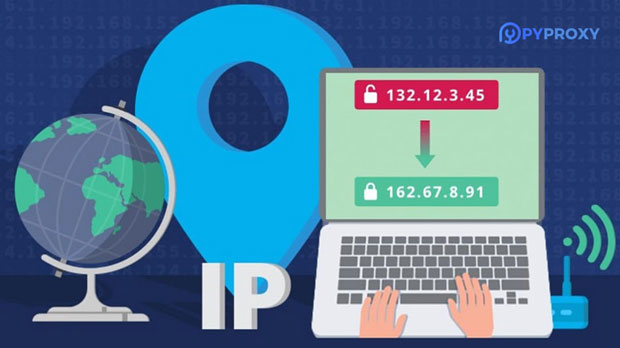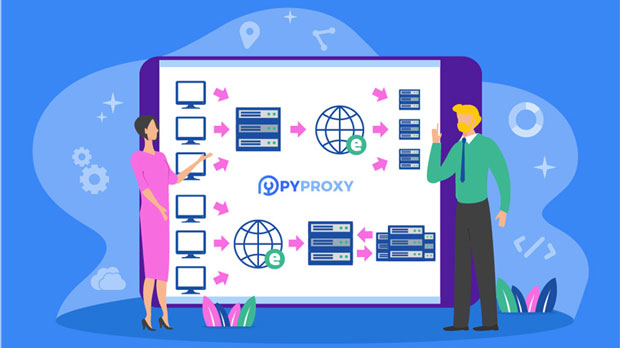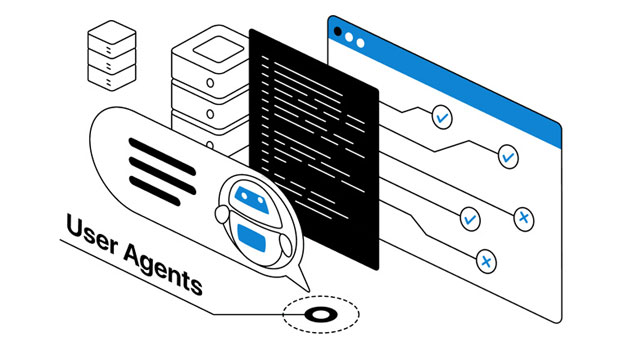When using a socks5 proxy service, it's crucial to evaluate both its reliability and security before entrusting it with your online activities. A proxy service that is unreliable or insecure can expose you to data breaches, privacy risks, and slower internet performance. This article will explore the factors that help you judge the quality of a Socks5 proxy, covering key elements such as authentication methods, encryption protocols, speed, and reputation. Understanding these aspects can ensure that the proxy service you choose is both safe and effective for your needs. Understanding Socks5 Proxy: What Makes it Different?Before diving into how to assess the reliability and security of a Socks5 proxy, it's essential to understand what it is and how it differs from other proxy protocols. A Socks5 proxy is an advanced version of the Socks protocol, designed to handle a broader range of internet traffic, including UDP (User Datagram Protocol) and TCP (Transmission Control Protocol). Unlike traditional HTTP proxies, which only route web traffic, socks5 proxies can route all kinds of internet traffic, making them more versatile for users who require privacy for various online activities, such as gaming, file-sharing, or even accessing restricted content.The protocol itself does not encrypt data, which means it can be faster than VPN services but also exposes users to potential security vulnerabilities if not properly configured. Therefore, assessing a Socks5 proxy’s reliability and security is more critical than ever.Key Factors to Evaluate a Socks5 Proxy ServiceTo determine whether a Socks5 proxy service is secure and reliable, users need to focus on several crucial aspects. These factors not only influence the overall performance of the proxy but also its ability to protect your privacy and sensitive information.1. Authentication MethodsA reliable Socks5 proxy service should offer secure authentication methods to prevent unauthorized users from accessing the network. The most common authentication methods include username/password combinations or IP-based authentication. Username and password authentication ensures that only authorized users can connect to the proxy server. However, it's important to note that weak or reused passwords can compromise security. Therefore, it's essential to choose a proxy provider that enforces strong password policies and recommends using unique, complex passwords.IP-based authentication is another option, where the proxy only allows traffic from predefined IP addresses. This method offers a higher level of security, especially if you use a fixed IP address or need to restrict proxy access to specific locations. Both methods enhance the security of a Socks5 proxy by minimizing the risk of unauthorized access.2. Encryption and Data ProtectionAlthough Socks5 proxies do not inherently encrypt data, some providers offer additional encryption layers to protect your traffic. Encryption ensures that any data you send over the proxy remains private and secure from potential hackers or surveillance entities. When evaluating the security of a Socks5 proxy, look for additional encryption features like SSL/TLS (Secure Sockets Layer/Transport Layer Security) encryption, which can help safeguard your internet traffic.If a proxy service does not offer encryption, be cautious about using it for sensitive activities, such as online banking or shopping. In such cases, using a VPN alongside a Socks5 proxy could provide a more secure connection, as the VPN would encrypt the entire traffic between your device and the VPN server.3. Speed and PerformanceWhile speed may not directly correlate with security, the performance of the Socks5 proxy can impact its reliability. A slow proxy may indicate server overload, poor infrastructure, or an unstable network, all of which can affect your online experience. More importantly, it can also signal that the provider is not investing in adequate resources to maintain service quality.A reliable Socks5 proxy should offer consistent speed and minimal downtime. Check for reviews and feedback from other users regarding the proxy’s speed, especially if you're planning to use it for time-sensitive activities, such as streaming or gaming. Additionally, ensure that the proxy provides a high level of bandwidth, particularly if you intend to use the proxy for large-scale data transfers or torrenting.4. IP Address and Location ManagementA Socks5 proxy’s IP address management is essential for ensuring privacy. Some proxies rotate IP addresses frequently, making it difficult for websites or services to track your real location. This feature is particularly useful if you're attempting to bypass geo-restrictions or if you're worried about being identified based on your IP address. However, it’s important to assess whether the IP addresses provided by the proxy are shared or dedicated. Shared IPs mean that multiple users access the proxy using the same IP address, which can reduce anonymity because your activity may be linked to others. On the other hand, dedicated IPs are only used by you, providing a higher level of privacy but may cost more. Some proxy services offer the flexibility to choose between shared and dedicated IPs, allowing you to balance cost and privacy according to your needs.5. Reputation and User ReviewsOne of the most reliable ways to assess a Socks5 proxy’s security and reliability is by considering its reputation. Look for independent reviews, user feedback, and testimonials about the service. Trusted forums, tech blogs, and security websites can provide valuable insights into the proxy’s performance, reliability, and overall trustworthiness.Pay attention to any red flags, such as users reporting data leaks, poor customer support, or inconsistent uptime. If a Socks5 proxy service has numerous negative reviews or no established reputation, it's safer to avoid it. Established providers with positive reviews are more likely to take customer security and privacy seriously and are less likely to engage in shady practices.6. Transparency and Customer SupportA trustworthy Socks5 proxy provider should offer transparency regarding its policies, terms of service, and data management practices. Be wary of services that don’t disclose where their servers are located, their data retention policies, or their general privacy practices. Ideally, the provider should have a clear privacy policy that explicitly states they do not log your activities or store personal information.Moreover, reliable customer support is an important aspect of a secure proxy service. Ensure that the provider offers easy-to-reach support channels, such as live chat or email, and that they are responsive to customer inquiries. Good customer support can help resolve issues quickly and ensure a smooth experience when using the proxy.7. Testing the Proxy ServiceFinally, before fully committing to a Socks5 proxy service, it's important to test its functionality. Many providers offer free trials or money-back guarantees, allowing you to assess their service before making a long-term commitment. During the trial period, test the proxy’s performance, speed, and security features. You can use online tools to check for IP leaks, DNS leaks, or any vulnerabilities in the proxy’s connection.Additionally, consider running a security test to verify whether the proxy properly anonymizes your traffic and prevents exposure of sensitive information. This hands-on testing will give you a clearer picture of the proxy’s effectiveness in safeguarding your online activities.Conclusion: Making an Informed DecisionChoosing a secure and reliable Socks5 proxy requires a thorough evaluation of several factors, including authentication methods, encryption, speed, IP address management, reputation, and customer support. By carefully assessing these elements, you can ensure that the proxy service you select will provide a safe and efficient solution for your online privacy needs. Remember, a trustworthy Socks5 proxy should prioritize both security and performance, allowing you to enjoy seamless browsing without compromising your privacy. Always conduct due diligence, read user reviews, and, if possible, test the service before fully integrating it into your online activities. By doing so, you'll make an informed decision that keeps your data secure and your online experience optimized.
Dec 24, 2024
![arrow]()


















































